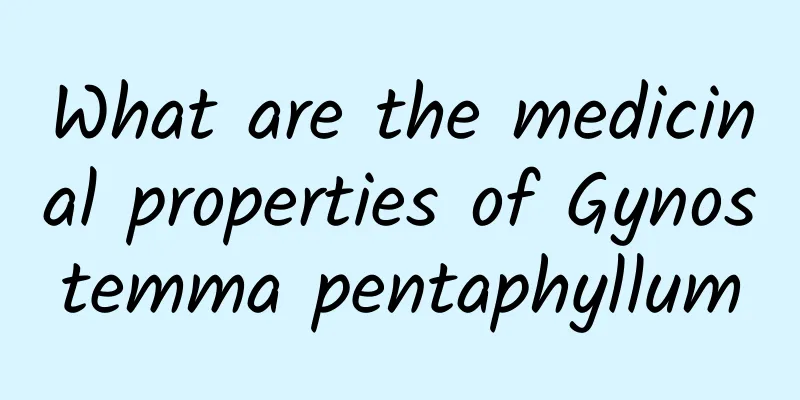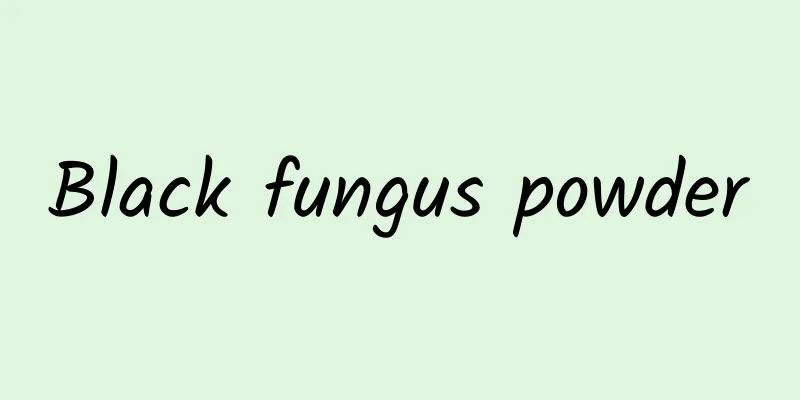The efficacy and function of square leaf May tea

|
Traditional Chinese medicine often has unexpected effects in the treatment of certain diseases, so you can choose Chinese medicine with confidence. However, when choosing Chinese medicine, you need to understand the medicine so that when treating the disease, you will know what kind of medicine is the best choice. Now we will introduce the traditional Chinese medicine Fangye May Tea. 【English name】 quadrate lobe Antidesma [Alias] Tanabe wood. [Source] Medicinal material source: The leaves of the Euphorbiaceae plant Mayflower. [Original form] Square-leafed May tea is a shrub or small tree, 1-6m high. Young branches are pubescent. Leaves are alternate; petioles are about 1 cm long and pubescent; stipules are linear and fall off early; leaves are oblong or obovate, 3-8 cm long, 2-5 cm wide, both ends are nearly rounded, the apex sometimes has a small tip or slightly concave, all linear, slightly curled, more or less pubescent on the upper veins, and all covered with short intervening hairs on the lower side or sometimes with sparse hairs, with 5-7 lateral veins on each side. The male inflorescence is a branched spike inflorescence; the female inflorescence is a branched raceme, all covered with white soft hairs; the male flowers are yellow-green, with 5 sepals, rarely 6-7, ovate, densely covered with short soft hairs; the stamens are usually 4-5, and the filaments are inserted between separate glands, which are covered with long soft hairs; the female pedicel is very short; the calyx is similar to that of the male flowers; the disk is annular, the ovary is covered with short soft hairs, and there are 3 stigmas. The drupe is flattened spherical, sparsely pubescent, and about 4 mm in diameter. Flowering period is April-May. [Habitat distribution] Ecological environment: grows on hillsides, wilderness or sparse woods. 【Nature and flavor】 Spicy; warm 【Meridian】 Liver meridian 【Functions and indications】 Drain pus and relieve itching. Mainly for children's head sores 【Usage and Dosage】 For external use: take appropriate amount and mash it for application; or decoct it in water for washing. [Discussions by various scholars] "Xinhua Compendium of Materia Medica": The wood is used to regulate menstruation; the leaves are used to treat headaches in children. 【Excerpt】 Chinese Materia Medica The above is some introduction to the effects and functions of the traditional Chinese medicine Fangye May Tea. Fangye May Tea is very helpful for human diseases, but it is worth noting that we should use symptomatic medication according to our personal physical condition and avoid indiscriminate consumption. |
<<: The efficacy and function of stinky plum peel
>>: The efficacy and function of clams
Recommend
Breaking news! A 5.1-magnitude earthquake occurred in Zhangye, Gansu! In the face of the earthquake, please remember the knowledge of self-rescue and mutual rescue
According to the official measurement of the Chin...
Craving some nuts in the morning? Don’t eat stale nuts!
Nuts have always been the first choice of snacks ...
The efficacy and effects of tanshinone
Speaking of Salvia miltiorrhiza, I believe many m...
The efficacy and function of lingonberry
The Chinese medicinal cranberry is a relatively g...
The efficacy and function of glandular flower tea
Traditional Chinese medicine has always been the ...
What are the effects of Star Moon Bodhi
More and more people like to wear some accessorie...
What is the best tea to make with monk fruit?
Monk fruit is a common Chinese herbal medicine. I...
How to eat Polygonum multiflorum
Polygonum multiflorum can not only be eaten raw, ...
The probability of asteroid "2024 YR4" hitting the Earth has dropped to 0.28% | Science and Technology Weekly
Compiled by Zhou Shuyi and Pingsheng Microsoft cl...
How to eat dog penis to enhance sexual performance
Dog penis has always been regarded by many men as...
Effects of donkey-hide gelatin qi-tonifying and blood-replenishing oral liquid
Speaking of donkey-hide gelatin, I believe that a...
Australian Bureau of Statistics: The number of Chinese tourists visiting Australia reached a record high of 1.4 million in 2017
Record numbers of Chinese and Indian tourists vis...
The efficacy and function of Niuteng
Many people don’t know what Niu Teng is, but Chin...
The efficacy and function of dog tooth root
Dogtooth Root is a famous traditional commonly us...
The world's first shot!
On May 1, the clinical study of the inactivated C...









